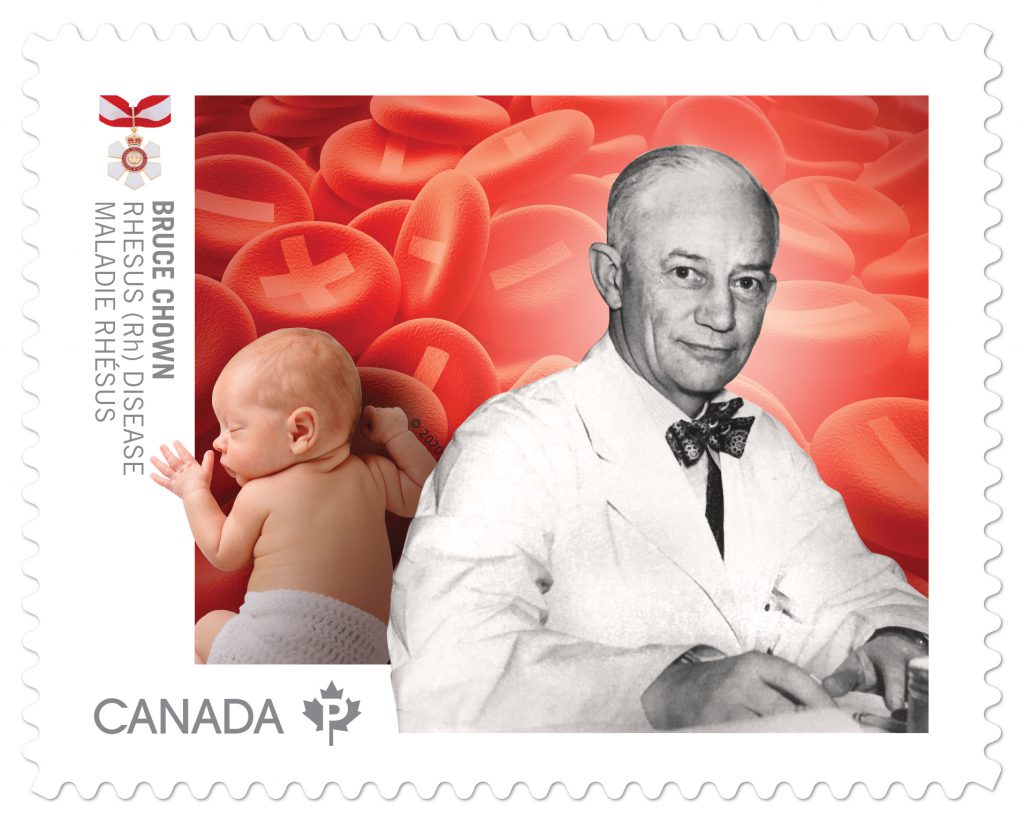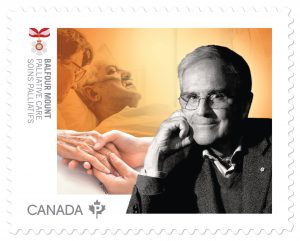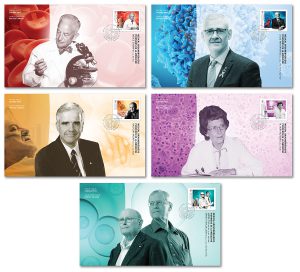By Jesse Robitaille
After nearly four months with no new issues, Canada Post released its five-stamp “Medical Groundbreakers” set honouring medical physicians and researchers on Sept. 10.
Available in 10-stamp booklets with two of each design, the set is Canada Post’s first issue since May 20, when it released a pair of stamps marking 100 years of radio history. The brief hiatus was triggered by the ongoing COVID-19 pandemic, which caused some delays in new issues as the stamp program schedule was shuffled.
“Some of the temporary changes made to the stamp program and the way we distribute new issues to postal outlets remain in effect until further notice,” wrote Jim Phillips, director of stamp services, in the September issue of Details magazine, which has been printed and mailed to the Crown corporation’s subscribers.
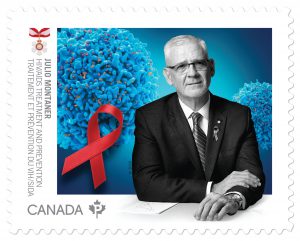
Born in 1956, Dr. Julio Montaner led the ‘Treatment as Prevention Strategy,’ which could end the global HIV/AIDS epidemic.
The latest set highlights six physicians and researchers “whose innovative work is more evidence why Canada is a global leader in medical research and treatments that change lives,” added Phillips. The featured doctors include Bruce Chown, Julio Montaner, Balfour Mount, Mildred Vera Peters, James Till and Ernest McCulloch, the latter two of which are depicted on a single stamp.
One of the few world leaders in eliminating the deadly rhesus (Rh) disease, Chown (1893-1986) established the Winnipeg Rh Laboratory in 1944. His team’s research paved the way for the development and licensing of a protein injection for mothers-to-be that has saved the lives of countless newborns.
Research led by Montaner (born in 1956) has transformed HIV/AIDS from a fatal disease to a manageable condition with a near-normal life expectancy. In 2006, he pioneered the “Treatment as Prevention Strategy,” which has the potential to end the HIV/AIDS epidemic worldwide. Montaner is also a major proponent of harm-reduction policies, including including supervised injection sites and needle exchange programs.
Considered North America’s father of palliative care – a term he coined in 1973 – Mount (born in 1939) advocated for a whole-person approach to care. In 1975, he founded the world’s first comprehensive palliative care service based in a teaching hospital, the Royal Victoria Hospital, in Montréal.
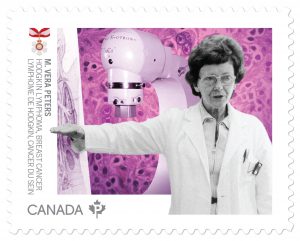
Born in 1911, Dr. Mildred Vera Peters published a 1950 paper showing the then-fatal Hodgkin lymphoma could be cured with high-dose radiation therapy.
Peters (1911-93) revolutionized cancer treatment in 1950, when she published a landmark paper showing Hodgkin lymphoma – then considered fatal – could be completely cured with high-dose radiation therapy. She also showed a lumpectomy combined with radiation is as effective as a radical mastectomy, the routine treatment at the time, for early breast cancer.
Till (born in 1931) and McCulloch (1926-2011) transformed the world’s understanding of tissue renewal by confirming the existence of stem cells in 1961. Their work has important implications for the treatment of many intractable medical conditions.
Each of the six doctors is also an appointee to the Order of Canada.
“This enduring tribute to Canadian health heroes honours their groundbreaking work and brings more awareness to their contributions and discoveries,” said Lissa Foster, executive director of the Canadian Medical Hall of Fame. “We can all be immensely proud of the global impact of these pioneering Canadians and our country’s contributions to health, here and in the world.”
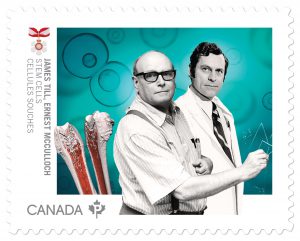
Drs. James Till and Ernest McCulloch, born in 1931 and 1926, respectively, confirmed the existence of stem cells in 1961.
The set is designed by Mike Savage and Dale Kilian, both of Vancouver’s Signals design firm. A total of 130,000 booklets were printed in five-colour lithography by Toronto’s Colour Innovations on Tullis Russell paper. Each stamp measures 38 millimetres by 30 millimetres (horizontal).
Five official first-day covers – one for each stamp design – were also issued. The cancellations include Winnipeg (Chown); Vancouver (Montaner); Montréal (Mount); and Toronto (Peters and Till/McCulloch). There were 2,000 OFDCs printed for each design.
OTHER 2020 ISSUES
Rounding out the 2020 stamp program, another six issues will be released by Canada Post this year.
They include:
- the Canada Post Community Foundation semi-postal stamp (Sept. 21), which is also covered in this issue of CSN (“2020 semi-postal coming on Sept. 21,” pg. XX);
- an issue marking Diwali, the annual five-day Hindu festival of lights (Oct. 15);
- a single stamp featuring the “evocative” work by First World War artist Mary Riter Hamilton (Oct. 28);
- a set of religious Christmas stamps showing Nativity scenes (Nov. 2);
- secular holiday stamps featuring the work of folk artist Maud Lewis (Nov. 2); and
- a Hanukkah stamp (Nov. 5).

